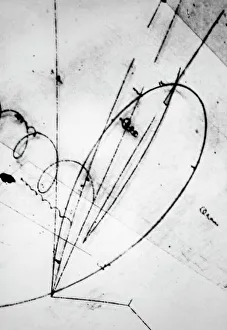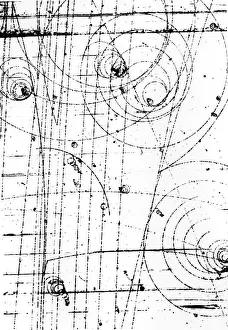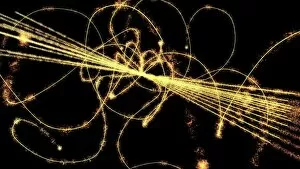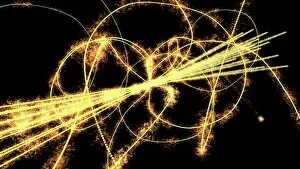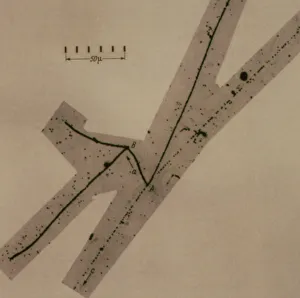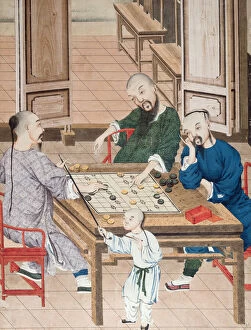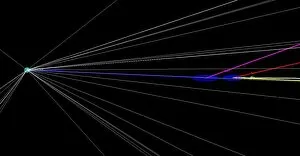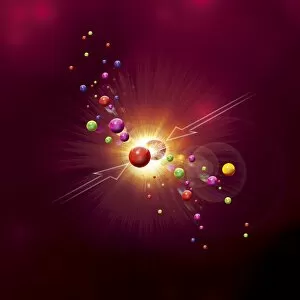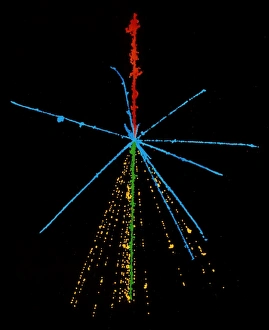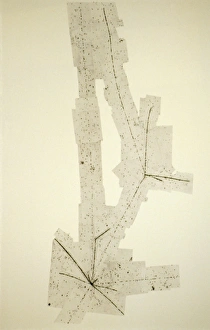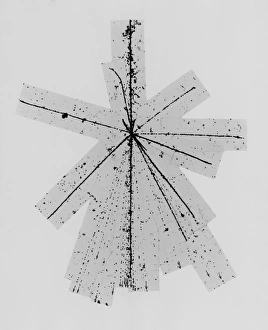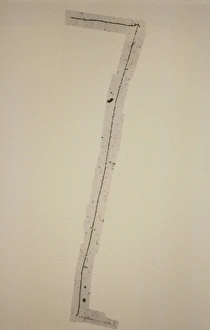Pion Collection
"Pion: Unveiling the Mysteries of Particle Physics through Art and Science" Step into the captivating world of particle physics
All Professionally Made to Order for Quick Shipping
"Pion: Unveiling the Mysteries of Particle Physics through Art and Science" Step into the captivating world of particle physics, where art and science intertwine to unravel the secrets of the universe. In this mesmerizing journey, we encounter various milestones that have shaped our understanding of particles, with pions taking center stage. A remarkable bubble chamber photo captures the elusive sigma particle decay, offering a glimpse into the intricate dance of subatomic particles, and is in these moments that scientists witness nature's hidden symphony unfold before their eyes. The first observation of the omega-minus particle marks a groundbreaking discovery in our quest for knowledge. This milestone propels us further into uncharted territories, expanding our understanding of fundamental building blocks. Art becomes a powerful medium as we delve deeper into particle physics experiments. Intricate artwork showcases these experiments' complexity and beauty simultaneously – an ode to human curiosity and creativity. An emulsion photo reveals another fascinating phenomenon: the decay of kaon into pions. These snapshots freeze time, allowing us to study fleeting interactions between particles that shape our universe's fabric. Le Vocabulaire Illustre introduces us to "pion, " drawing parallels with chess terminology like "pawn" or "bauer. " Just as pawns play crucial roles in strategic games, so do pions influence fundamental forces within atoms – an elegant connection between two seemingly disparate worlds. Traveling back in time to late 18th-century China, we discover a game steeped in strategy on paper – reminiscent of how scientists meticulously plan their experiments. The parallel reminds us that both scientific exploration and ancient games require intellect and foresight. Proton collisions become pivotal moments for scientific breakthroughs. C014/1811 witnessed one such collision that unraveled new insights while C014/1794 marked yet another significant step forward on this relentless pursuit for knowledge. Artwork depicting particle collisions captivates viewers by showcasing not only scientific data but also the beauty hidden within these intricate processes.

